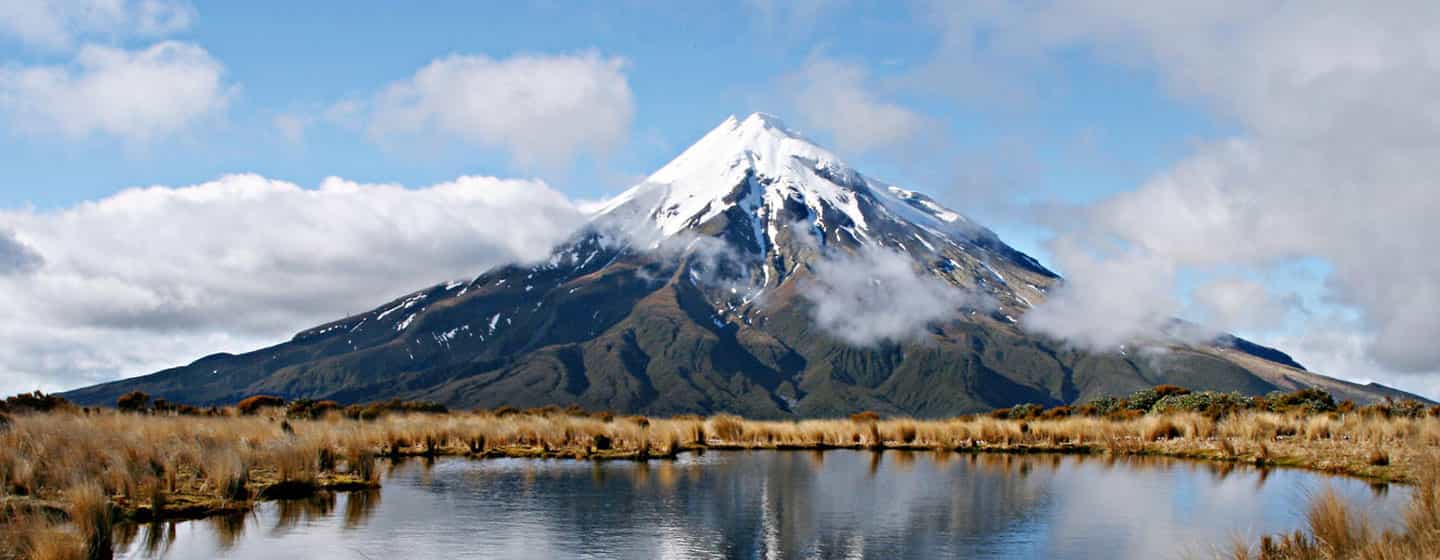EUROPE Welcome
Europe, a continent of timeless allure, beckons with its rich tapestry of history, art, and diverse landscapes. From the romantic streets of Paris to the ancient ruins of Rome, each city narrates a unique story. Explore the fairy-tale charm of medieval castles along the Rhine, ski in the Swiss Alps, or unwind on the sun-kissed beaches of the Mediterranean. Culinary delights range from French pastries to Italian pasta, offering a feast for the senses. Europe’s efficient rail networks connect iconic landmarks, making it a seamless blend of old-world charm and modern convenience, promising an enriching and culturally immersive travel experience.
Geological Structure
New Zealand is about 1,000 miles (1,600 km) long (north-south) and about 280 miles (450 km) across at its widest point. The country has slightly less surface area than the U.S. state of Colorado and a little more than the United Kingdom. About two-thirds of the land is economically useful, the remainder being mountainous. Because of its numerous harbours and fjords, the country has an extremely long coastline relative to its area.
Both the North and the South islands are roughly bisected by mountains. Swift snow-fed rivers drain from the hills, although only in the east of the South Island have extensive alluvial plains been built up.
There are more than 360 glaciers in the Southern Alps/Kā Tiritiri o te Moana. The Tasman Glacier, the largest in New Zealand, with a length of 18 miles (29 km) and a width of more than 0.5 mile (0.8 km), flows down the eastern slopes of Aoraki/Mount Cook. Other important glaciers on the eastern slopes of the Southern Alps/Kā Tiritiri o te Moana are the Murchison, Mueller, and Godley; the Fox and Franz Josef are the largest on the western slopes. The North Island has seven small glaciers on the slopes of Mount Ruapehu.


